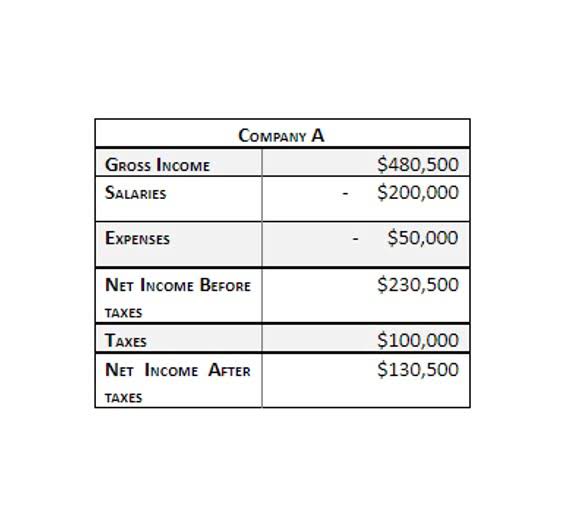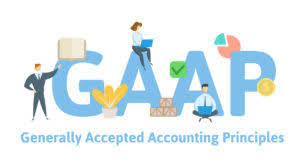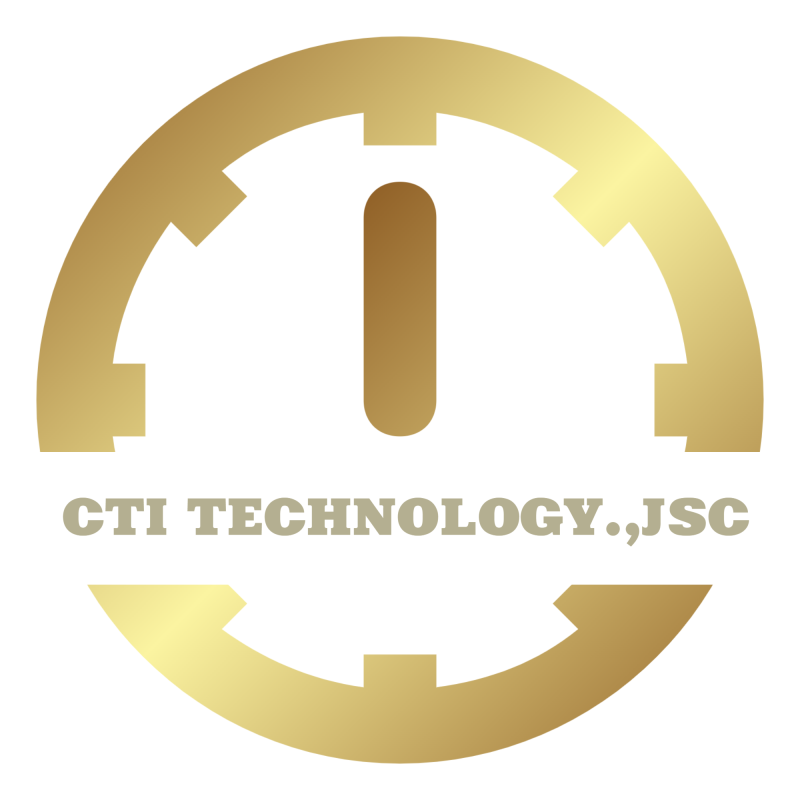Chưa được phân loại
The Complete Guide to Construction Cash Flow Management

The billing process for construction involves generating and sending invoices or bills once the service is completed. It is the process of informing the client about the completion of work and the payment that needs to be made. A contractor fills out the required details and creates a new bill to inform the client about the due amount.
Construction Project Delivery Methods Compared
- Some construction companies also include unit price billing with the time and materials billing method.
- By using a contingency fund, the contractor can cover the costs of some changes to the original scope of work.
- Income starts flowing through progress payments, but timing gaps between expenses and payments strain cash reserves.
- For example, a cost-plus contract would indicate both expenses and potential profits.
- Easily tackle the multifaceted challenges of construction billing–from initial estimates to final payments.
In the Cost-Plus Billing Method, clients pay for actual construction costs plus a fixed fee or percentage of the costs, providing transparency and flexibility in managing project changes. An efficient construction billing process is essential for contractors to keep a project contra asset account on schedule and budget. However, with T&M billing comes important considerations for contractors and clients. The final project cost can often be difficult to predict for clients, leading to potential concerns about budget overruns. But, at the same time, if unforeseen events occur, then it may result in project delays.
Need Additional Business Solutions?
- Using the right software can drastically improve your construction billing process.
- This approach ensures that payments are directly connected to the actual progress of the work, providing an accurate billing method.
- However, depending on the project, it may be better to set clear payment schedules coinciding with project milestones or specific work stages.
- However, you must know which is the ideal construction billing process for your construction company before billing clients.
Without a solid system, cost overruns and payment delays can hurt your bottom line. Time and Materials (T&M) billing is a payment model in which clients are invoiced based on the labor hours worked and the cost of materials used in a project. This approach includes a profit margin built into the hourly rates and materials costs provided to the client. It’s particularly effective for projects where the scope isn’t clearly defined from the outset or is expected to evolve. Cost-plus billing, or cost-reimbursable billing, is a payment structure where a contractor bills a client for all actual project costs plus an additional fee to cover overhead and profit. This method is typically chosen for projects where the scope and costs are not clearly defined upfront, providing transparency for the client by detailing every expense.

Comprehensive Guide to Construction Invoices: Everything You Need to Know
- To avoid unexpected overruns, precise and comprehensive project scoping and cost estimation must be performed before submitting a bid.
- Cost-plus billing is best used for large-scale or complex projects where the final scope isn’t clearly defined initially.
- As a result, you might fall short of achieving the desired profit in the construction project.
- As you’ve learned throughout this post, the construction billing process is complex and requires thorough communication, collaboration, and attention to detail to ensure successful completion.
- The document waives the contractor’s right to file a construction lien for the amount paid.
A contractor using guaranteed maximum price billing sets an upper limit to the cost of completing a construction project. Unlike lump sum billing, which allows contractors to keep additional profits if they manage to complete a project cheaper than expected, GMP billing allows the customer to keep the savings. In this way GMP can be seen as a medium ground between lump sum and time and materials billing. Construction accounting can be difficult due to budget overruns, late payments, tracking costs across multiple projects, and compliance risks. To solve them, construction businesses need better cost tracking, automated invoicing, and clear financial reporting.

It also helps the owner know exactly what they’re paying for through Car Dealership Accounting itemized invoices. Using the right software can drastically improve your construction billing process. Look for software that is made specifically for the construction industry.

The most common construction billing methods

This construction method is best for those who are working on long-term projects. Unit pricing is suitable for projects with repetitive tasks or clearly defined units of work, such as road construction or roofing projects. It can also be combined with other billing methods, such as T&M billing for additional materials.
Use the right software
The construction industry often deals with complex billing that involves multiple stakeholders, change orders, and project milestones. Inefficient billing can cause problems like cash flow issues, payment delays, and disputes. However, the proper construction billing software can help overcome these challenges by enhancing efficiency, accuracy, and profitability. Material deliveries, worker wages, equipment costs, and subcontractor payments create constant financial demands. Income starts construction invoice flowing through progress payments, but timing gaps between expenses and payments strain cash reserves. Companies often juggle multiple payment schedules while maintaining steady work progress.

